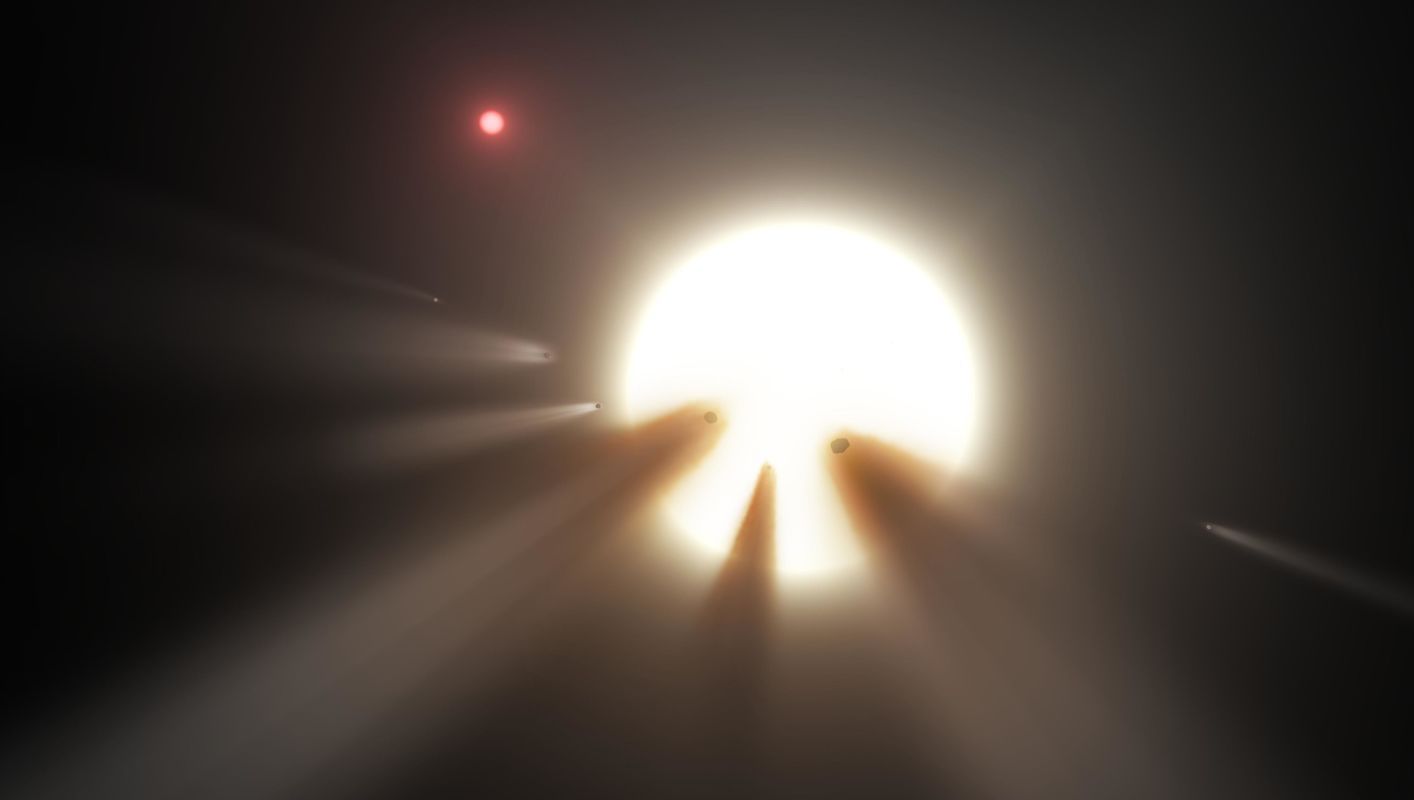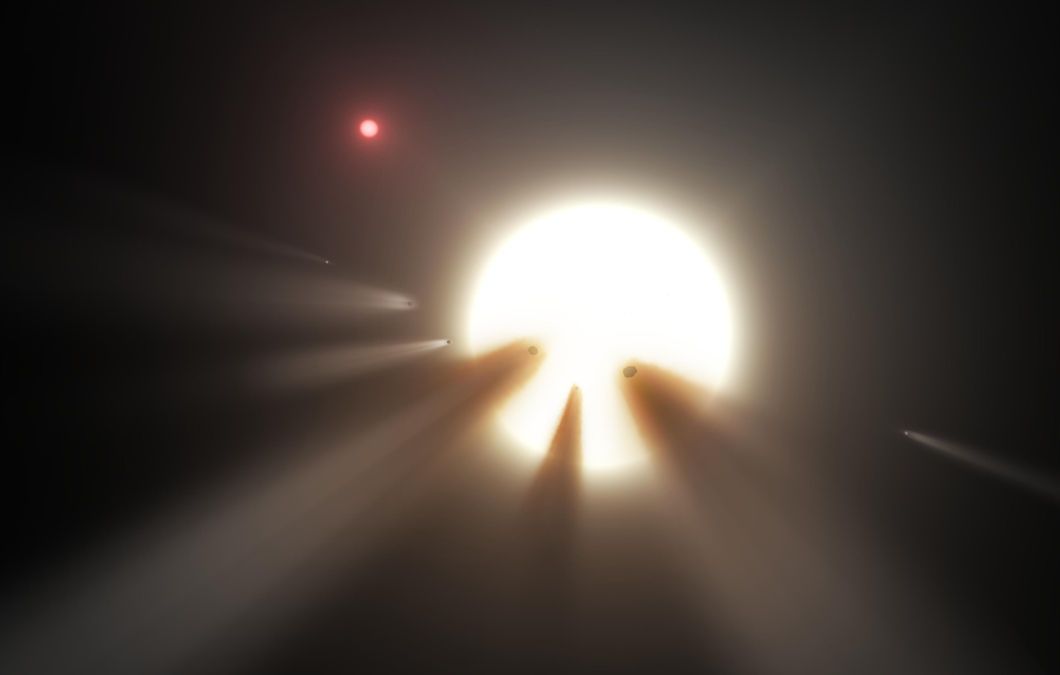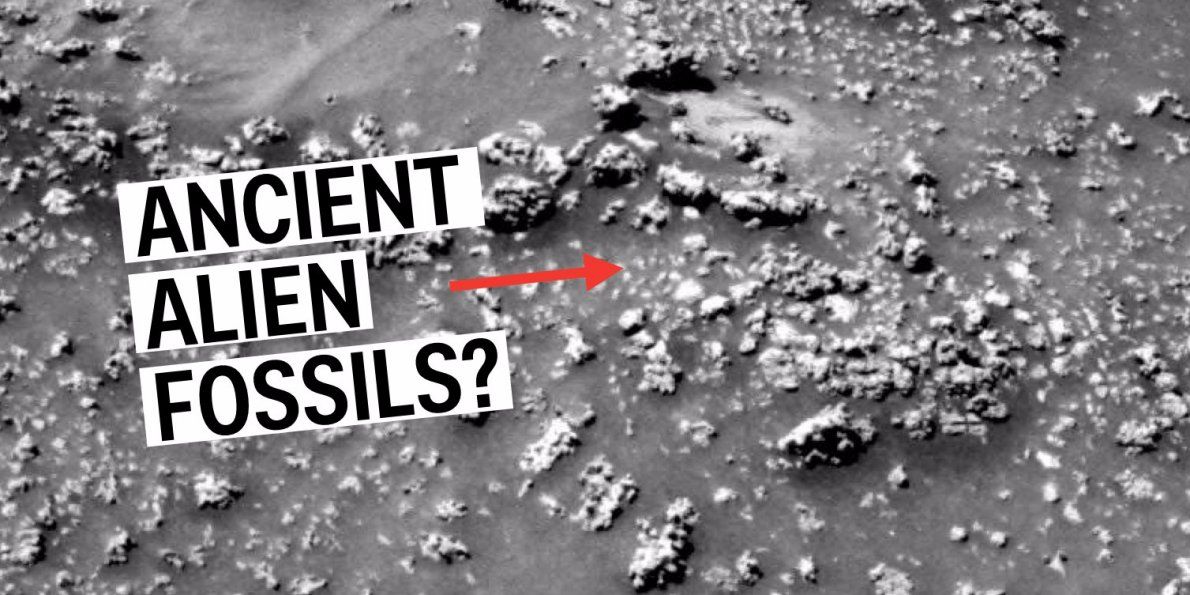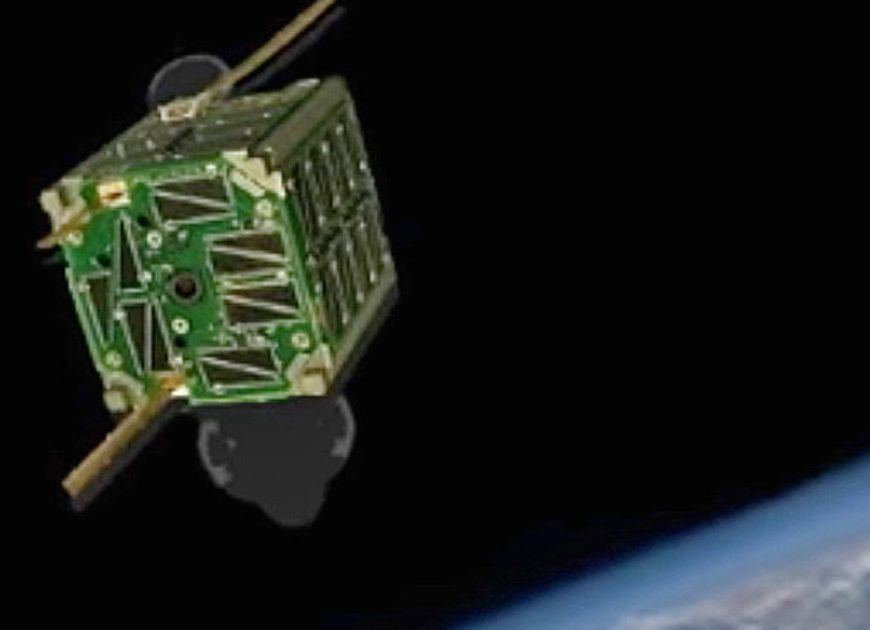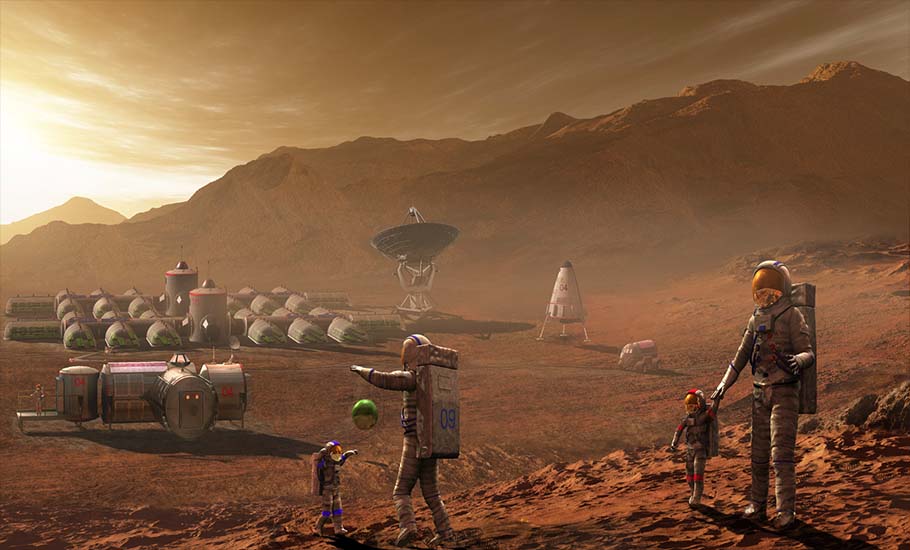Inside a nondescript building at the Goddard Space Flight Center in Greenbelt, Maryland, NASA engineers are assembling the most powerful space telescope ever created. Once completed, the James Webb Space Telescope will be the largest space observatory in the known universe, with 100 times the seeing power of its predecessor, the Hubble Space Telescope.
In October 2018, the Webb will be launched into deep space with an ambitious mission. “Sometimes as analytical astronomers we shy away from saying, ‘We’re searching for life,’” says the deputy project scientist Dr. Amber Straughn. “But, that’s what we’re doing.” Atlantic senior editor Ross Andersen speaks with the NASA team seeking to answer some of our most fundamental questions: Where did we come from? Are there other life-sustaining planets out there? Are we alone in the universe?


